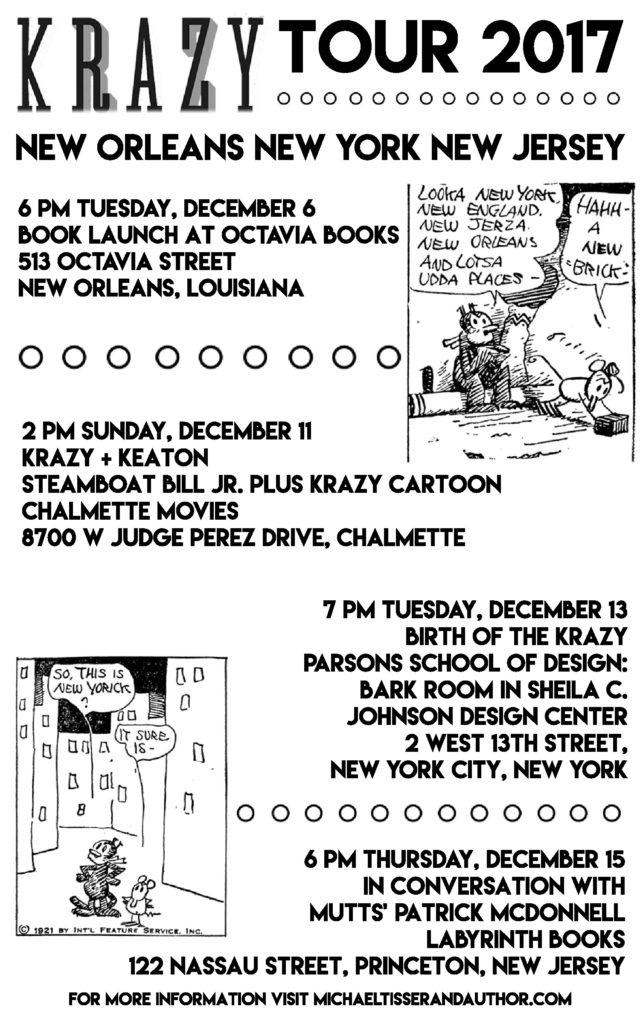In the Name of the Mother: Italian Americans, African Americans, and Modernity from Booker T. Washington to Bruce SpringsteenPosted in Books, Literary/Artistic Criticism, Media Archive, Monographs, United States on 2017-01-04 02:21Z by Steven |
Dartmouth College Press
2017-01-03
296 pages
10 illus.
6 1/8 x 9 1/4″
Paperback ISBN: 978-1-5126-0019-3
Hardcover ISBN: 978-1-5126-0018-6
Ebook ISBN: 978-1-5126-0020-9
Samuele F. S. Pardini, Associate Professor of Italian
Department of World Languages and Cultures
Elon University, Elon, North Carolina
A bracingly original dialogue on modernity, class, and difference in the 20th century
In the Name of the Mother examines the cultural relationship between African American intellectuals and Italian American writers and artists, and how it relates to American blackness in the twentieth century. Samuele Pardini links African American literature to the Mediterranean tradition of the Italian immigrants and examines both against the white intellectual discourse that defines modernism in the West. This previously unexamined encounter offers a hybrid, transnational model of modernity capable of producing democratic forms of aesthetics, social consciousness, and political economy. This volume emphasizes the racial “in-betweenness” of Italian Americans rearticulated as “invisible blackness,” a view that enlarges and complicates the color-based dimensions of American racial discourse. This strikingly original work will interest a wide spectrum of scholars in American Studies and the humanities.
Table of Contents
- Acknowledgments
- Introduction
- New World, Old Woman: Or, Modernity Upside Down
- Rochester, Sicily: The Political Economy of Italian American Life and the Encounter with Blackness
- Structures of Invisible Blackness: Racial Difference, (Homo)Sexuality, and Italian American Identity in African American Literature during Jim Crow
- In the Name of the Father, the Son, and the Holy Gun: Modernity as the Gangster
- In the Name of the Mother: The Other Italian American Modernity
- The Dago and the Darky: Staging Subversion
- Notes
- Bibliography
- Index



